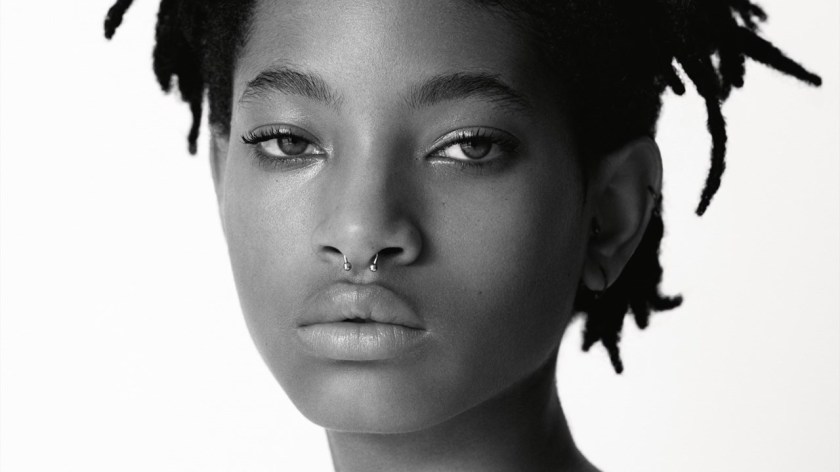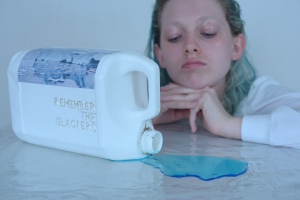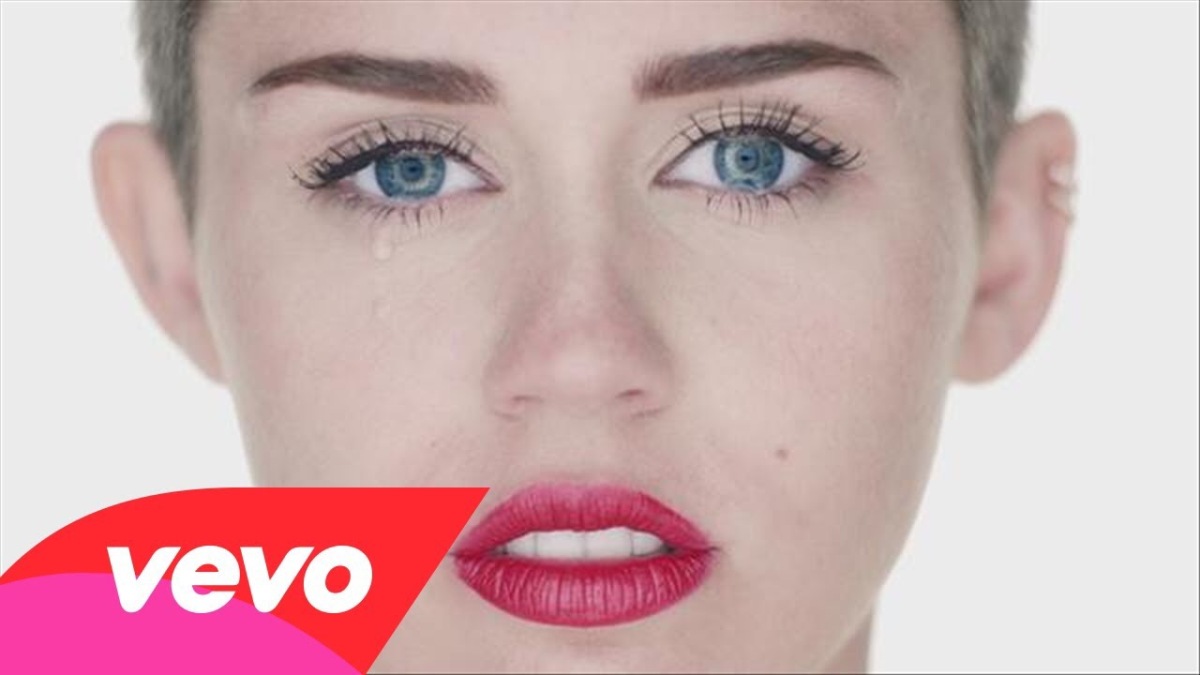
SeaWorld is a branch of entertainment parks, containing an abundance of various sea animals. Over eleven million people visit SeaWorld annually, leading it to being the ninth most popular amusement park cooperation in the world. Comparably to other large zoos and animal parks, the animals at SeaWorld are forced into suffering a life in captivity. The most notorious abuse is that of orcas.
In the wild, Orcas thrive off cooperating in large, complex social structures, which allow for successful hunting of small fish, penguins and even other whales. However the confinements of a small tank prevent the whales from travelling their usual 100 miles a day and consequently their diets consist of solely herring, smelt and squid. Not only are the effects of such a limited diet unknown, but the deprivation of the whales’ hunting instincts contributes to the dire boredom that is caused by their cruel captivity. Furthermore, orcas use the echolocation to navigate, communicate and hunt. This incredible, evolutionary marvel is detrimental to the sanity of orcas in captivity, who are surrounded by the reverberations from their sonar. This torment is, as described by oceanographer Jean-Michel Cousteau, the equivalent of an imprisoned man forced to wear a blindfold. The orcas are unable to engage in normal social activity, as infant orcas are usually separated from their mothers at birth: in the wild, calves remain in the same pod as their mother for life.
The ramification of the killer whales’ treatment is unsurprising. The unnatural conditions of the orcas in SeaWorld ensue a reduced life expectancy: orcas in the wild life can live for over a 100 years, whereas the orcas of SeaWorld struggle to reach their teenage years. The animals’ desires to hunt attributes to their teeth grinding and all adult orcas in SeaWorld have developed collapsed dorsal fins. This collapse is thought to be due to “alterations in the water caused by the stresses of captivity dietary changes” (National Marine Fisheries Service). Although this disease can be found in wild orcas, figures of orcas off the British Columbia coast reveal less than 1% of orcas display this disease.
The most salient outcry of this breach of animal rights is the attacks on humans: the most infamous cases being the deaths caused by Tilikum. Tilikum has killed three humans due to his desperate boredom and psychological trauma that has resulted from his captivity. The first death of Tilikum was of Keltie Byrne in Sealand of the Pacific in Canada in 1991. Tilikum and two other orcas submerged Keltie until she drowned. Tilikum was then moved to SeaWorld. The second death was eight years later. A man named Daniel Dukes was found dead in Tilikum’s tank after he had evaded security in order to enter the Orca tank. His autopsy concluded that he died of drowning, after finding several wounds that masked his body. Tilikum’s third killing was in 2010 where he killed his trainer, Dawn Brancheau, after a show. Tilikum was relocated to a smaller pool, which is supposedly aimed to calm him down. Surely preventing further harm to Tilikum, trainers or spectators will be achieved when Tilikum is returned to the wild and depriving him further of any normal social interaction or space to swim will worsen his psychological trauma.
The documentary Blackfish reveals the barbarism that faces Killer Whales in captivity. This is leading to a decline in SeaWorld’s ticket sales, however further action needs to be taken to emancipate these beautiful predators and return them to the sea.
https://www.change.org/p/seaworld-end-captive-orca-breeding-program














